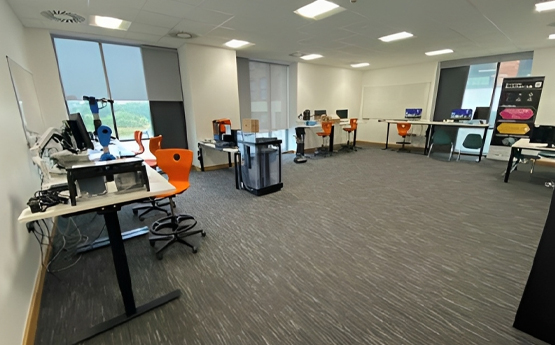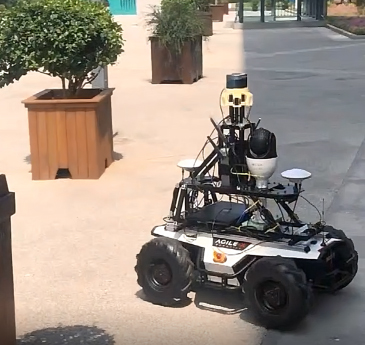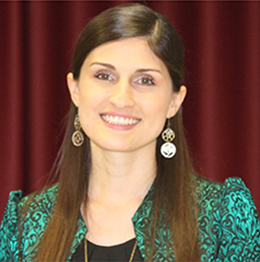Overview
Intelligent robotics, with its potential to revolutionize various sectors, holds immense importance in current society and promises a transformative impact on future advancements. The group focuses on two particularly interesting areas of focus are intelligent assistive robotics and agricultural robotics.
Intelligent assistive robotics seeks to enhance the quality of life for individuals by providing assistance in daily tasks, such as aiding the elderly or people with disabilities. These robots have the ability to understand human needs, interact intelligently, and offer support in a personalized manner. By incorporating innovative mechanisms as well as cutting-edge Computer Vision and AI approaches, these robots can perceive their environment and assist individuals safely and efficiently.
The potential impact of intelligent assistive robotics on society cannot be overstated. In the context of assistive robotics, these technologies have the potential to significantly improve the independence, safety, and overall well-being of individuals who require assistance. By providing tailored support and promoting inclusivity, intelligent assistive robots can truly transform the lives of people in need.
In the realm of agricultural robotics, the integration of intelligent robotics, embedded systems, computer vision, Natural Language Processing and Understanding, and AI techniques holds great promise. This convergence enables the development of sophisticated autonomous systems that can address various challenges in smart farming. By utilizing cutting-edge computer vision technologies, robots can accurately analyse and interpret the visual data from agricultural environments. This empowers them to perform tasks such as crop monitoring, yield estimation, and targeted interventions with precision and effectiveness.
In agriculture, the utilization of intelligent robotics can lead to increased productivity, optimized resource usage, and environmentally sustainable practices. These robots can autonomously perform labor-intensive tasks, monitor crop health, detect diseases, and optimize the application of fertilizers and pesticides. By leveraging advanced computer vision and AI approaches, they can make informed, data-driven decisions, leading to improved crop yields and reduced environmental impact.
As a group, our focus is to work directly with healthcare, industry and agricultural partners, contributing to the development and implementation of intelligent robotics solutions. By collaborating with these stakeholders, we aim to harness the potential of intelligent robotics to drive innovation and create positive societal change.
In conclusion, the groups aim for the integration of intelligent robotics, computer vision, and AI techniques has the potential to revolutionize both assistive robotics and agriculture. By leveraging advanced technologies, such as embedded systems and innovative computer vision approaches, robots can provide personalized assistance and drive transformative changes in smart farming. The impact of this technology holds immense potential in making a positive difference in society, improving individuals' lives, and enhancing agricultural practices for a sustainable future.






